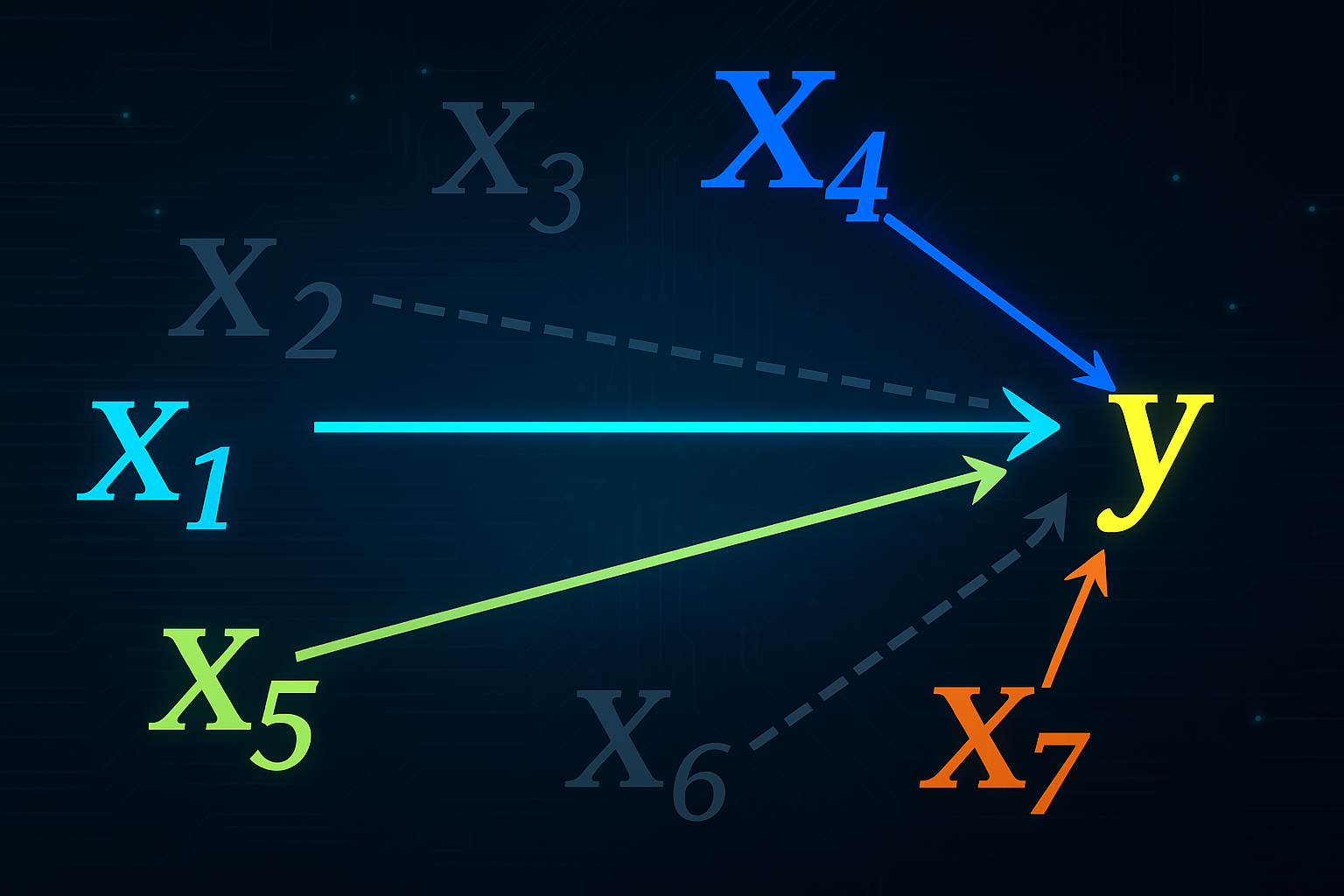We find that wages, new car prices, and professional economic sentiment indicators are good indicators for predicting used car sales in Germany while stock market prices are not. Using our newly found indicators, we forecast that used car sales will experience quite a large drop during the end of the year.
Used car sales in Germany
Cheap cars are often used as an example of an “inferior good” in economics, meaning that as incomes rise, the demand for cheap cars will go down in favour of more expensive cars. There is a possibility then that there is a trade-off between new and used cars depending on income, but there is also the possibility that this trade-off is only between the type of car, rather than between new and used.
Studying the historical development of the market in the graph below, we see that the Corona crisis created a massive dent in used cars re-registrations in April. Interestingly, the recovery was as quick as the fall, with registrations already back at pre corona-crisis levels in June. Following the 2008 financial crisis on the other hand, the downturn was much less dramatic and appears to follow a downward trend that had been present since 2005. Hence the impact on used car sales by economic crises is quite unclear. To shed some light on the dynamics of the used car market in Germany, we will test a range of different types of indicators and see how they can be used to predict sales in the coming six months.

A wide range of indicators tested
In this study, we test a multitude of different indicators that could help to forecast used car sales. Each indicator will be assessed according to their respective out-of-sample accuracies allowing us to not only to discover important market drivers, but also rank them according to their relative importance.
Indicio incorporates 15 different types of multivariate models, mainly different types of vector autoregression (VAR) models. These work by revealing the linear interdependencies of the variables and are very useful in forecasting applications. VAR models have a great advantage in that they do not rely on indicators being strictly exogenous. However, this also means that we cannot analyse the explicit causal impact of each indicator, we can only determine whether, and to what extent, an indicator improves forecasting accuracy. But since the platform handles these complex dynamics automatically, we only need to consider if an indicator provides useful information, not in which way it does it. Having a hypothesis about how an indicator provides this information is still important though, otherwise we cannot be sure that the predictive power of our model holds in the future.
The following indicators have been tested:
Market Indicators
- New Car Registrations in Germany
- Motor Car prices Germany (HICP)
- Motor Vehicle Fuel Prices (CPI)
Whether or not users choose between a new and a used car depending on their income, new car registrations should provide valuable information for predicting used car sales. If that is the case, then lower new car registrations should correspond to higher numbers of used car sales. And if there is no trade-off, new car registrations and used car sales should follow each other, reflecting the general consumer demand for cars.
Similar arguments can be made for prices of cars. If the trade-off exists, then higher new car prices might be associated with an influx of used car sales. Or it might reflect the general demand for cars.
Low fuel prices are likely to increase car sales of both new and used cars. But other effects might be present as well. Since new cars generally have better fuel economy, especially with an ongoing electric car boom, higher fuel prices might lead consumers away from older cars in favour of new ones with more efficient engines, and vice versa.
Macro Indicators
- Wages and Salaries in Germany
- Unemployment rate in Germany
- Euro Exchange Rate Index (EER42)
Wages and salaries are tested to see if we can capture the income effect directly. The unemployment rate might capture such effects as well but will also reflect the demand for cars used for commuting to work. Higher unemployment might thus mean less used car sales.
The Euro Exchange Rate Index is included because exchange rates typically affect the exports of used cars. Germany have historically been a popular country to import used cars from, and the exchange rate is likely to affect this propensity. However, the effect is could be muted by the Euro since the same currency is also used by many neighbouring European countries.
Survey Indicators
- ZEW Indicator of Economic Sentiment – Germany
- Consumer confidence indicator Germany
The ZEW sentiment indicator is constructed from a survey of expert economists and analysts about their view of the future of the economy, and the Consumer confidence indicator is constructed from a survey of regular consumers regarding expected future income and economic conditions. So basically, one is a survey of experts and the other a survey of the general population.
The idea to include these survey indicators is that they can capture positive or negative outlooks on the economy, an important factor to consider before large purchases such as a car, be it new or used.
Stock market indicators
- BMW Stock Price
- Volkswagen Stock Price
Finally, stock prices of major German car manufacturers might have an impact. These could reflect both general demand for cars as well as the market outlook for the car industry in general, possibly incorporating aspects not considered in this article. Volkswagen is included because it is the largest car brand in Germany. BMW stock value is also included as an example of the premium car segment. However, stock prices can behave erratically so the impact of these indicators is uncertain.
Apart from the previously mentioned indicators, a trend component is also included. There are of course a multitude of other indicators that could also be tested. And even if some of the indicators in this analysis will be excluded, this may be because they contain the same information as included variables. The Indicio platform will only keep the best indicators, regardless of them having a positive or negative impact on used car sales, excluding redundant and non-informative indicators.
Stock market indicators redundant?
The indicator analysis reveals that the trend component and one indicator from each category except for stock prises help our model. This is not surprising, given that all variables in each category is likely to provide a similar type of information. Our approach has thus allowed us to find the best market, macro, and survey indicators.
Beginning with the market indicators, we find that new car prices help to improve our model while neither fuel prices nor the production volumes do. For macro indicators, only wages and salaries improve the model. Of the survey indicators, the ZEW indicator is included, suggesting that not only the present economic conditions but also the outlook for future conditions are important for used car sales. Finally, neither the Volkswagen nor BMW stock prices help to improve the forecast.
The full results from the analysis can be seen in the table below. Influence can vary between 1 and -1, with negative values reflecting that the indicator is worsening our model.

These findings can also be used as leads into finding even better indicators, or for determining what indicators to focus on when conducting a scenario analysis. In this case, it would probably be interesting to see how our forecast would change given different outcomes in one of the top influencing indicators, such as lowered wages and salaries or a shift in the economic outlook.
Stable development ahead
After the indicator analysis is finished, we can move on to estimating our multivariate models using the indicators we have found. Each model is evaluated according to its historical accuracy, allowing the platform to weight the models according to their error for each month ahead, creating a balanced forecast that is as accurate as possible.
It is also time to evaluate our selected indicators, the platform will estimate the best possible models with the indicators provided but using bad indicators will still lead to a bad forecast. To do this, the multivariate models can be benchmarked against univariate models, or by simply assessing the model fit visually by looking at how well our model predicts past values. In the graph below, observed values are in white and past forecasts starting at each month are represented by the multi-coloured lines. Studying the graph, we can see that the model generally does a good job of predicting historical values.
The final forecast is shown in the lighter area of the graph. It indicates a small fall in the late summer and a quite substantial downturn of used car sales starting in October. It is important to note that downturns from October to December is in line with the seasonal pattern of the data and it is likely that sales start to pick up again at the beginning of next year. The predicted drop is still quite large compared to previous periods though.

This forecast is of course only relevant given no further unexpected shocks during 2020 such as a second wave of the corona virus. Such scenarios could be investigated using the scenario analysis tool.



